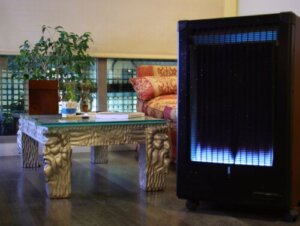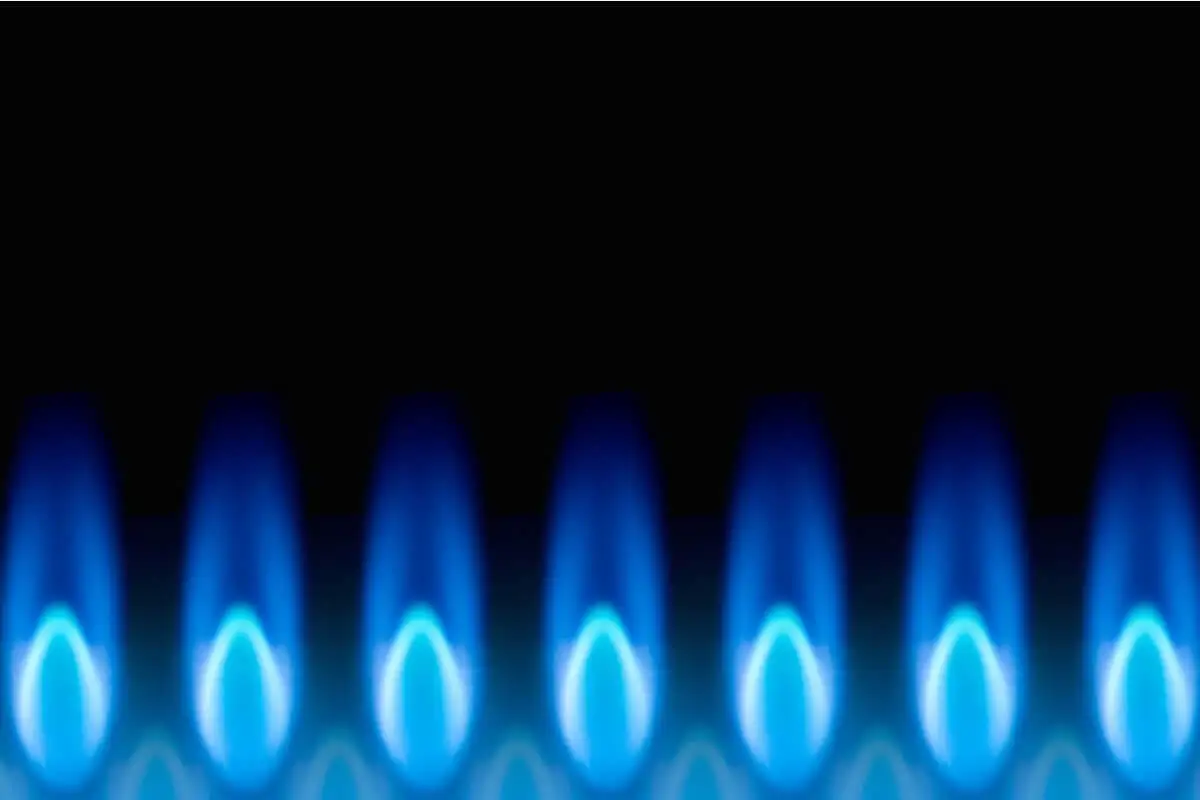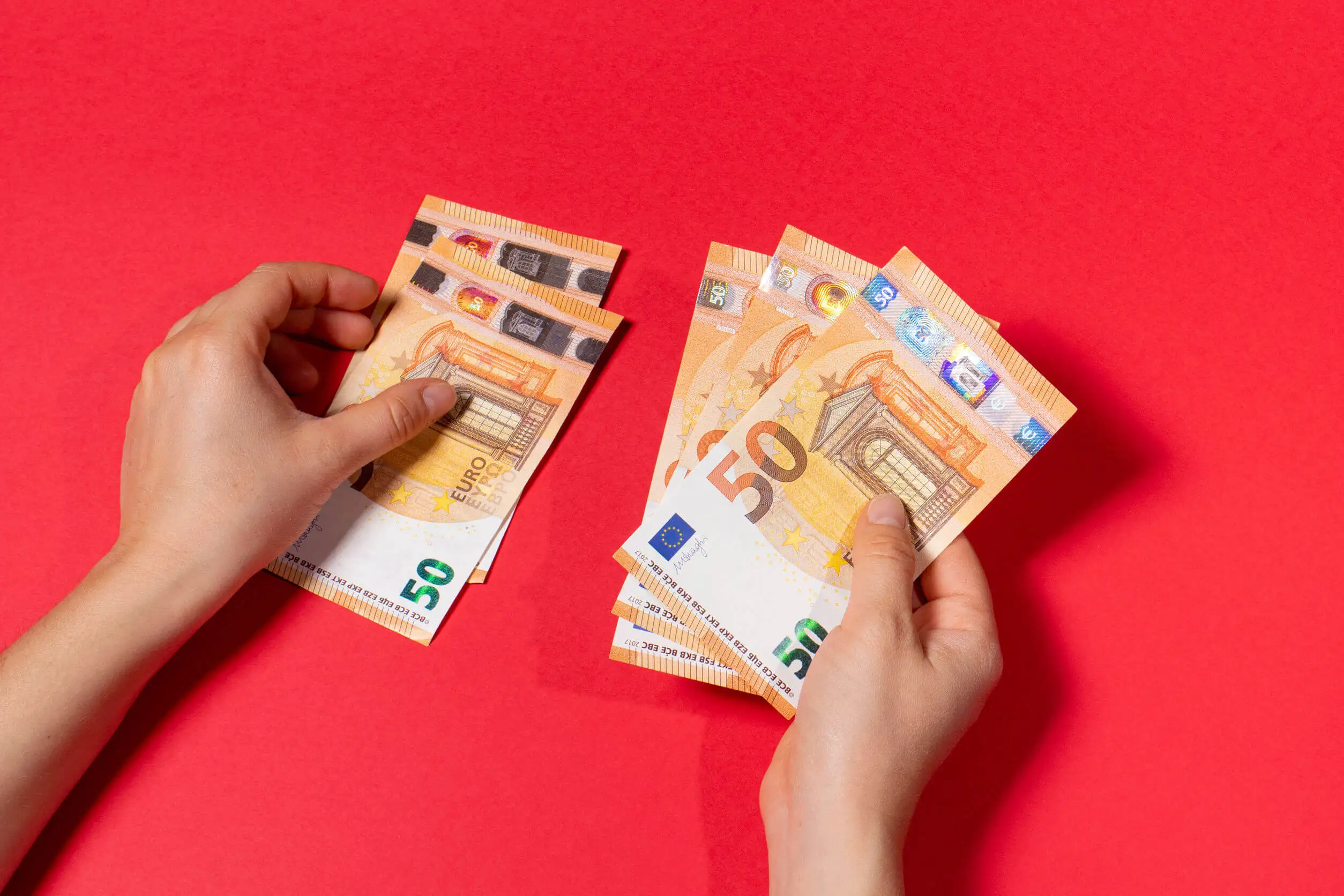Blue Flame Heaters: Characteristics and Advantages

In cold weather, there’s nothing better than a gas heater, and if they have a blue flame, all the better! As autumn arrives and winter approaches, coats, boilers, fireplaces, lamps, stoves, and heaters are the order of the day to keep warm inside. Find out about gas-powered blue flame heaters in this article.
It’s essential to have a good heating system, but without your pocket having to suffer for it. So, among the options that seem to meet this premise, butane blue flame heaters are one of the best choices as regards value for money. Here we’ll tell you everything you need to know about them.
What are blue flame heaters?
They are conventional butane gas stoves, or heaters, but with a portable design. Because of that, they’re pretty affordable. Blue flame heaters have an environmentally friendly system without affecting detriment to its efficiency.
This is due to the emission of a clean blue flame, which inhibits the emission of carbon dioxide and, unlike other systems, doesn’t release bad smells when in operation.
Read also: Gas-Powered Household Appliances and Their Advantages
How do they work?
Thermal convection is the way butane or blue flame heaters give off heat. Thus, they cause the room to heat up gradually and evenly.
They are characterized by their fast ignition.
In convection gas heaters, the gas-air mixture flows through the burner tube to the pilot light that ignites it, showing the shade of blue that gives it its name. The air passing through the duct is sterilized.
Some types of blue flame heaters have a spark ignition system. In this way, a first flame is triggered before the safety valve lets the gas out to the burner.

What are the characteristics of blue flame heaters?
Blue flame heaters have two systems for heat output: one in the front area and the other in the upper area. With this, they manage to heat the surrounding air more evenly. The result? A balanced temperature throughout the room.
Interested in knowing the gas consumption? Blue flame stoves consume about 300 grams of gas per hour. However, you should keep in mind that there may be a slight difference between brands and by design.
Find out in detail before buying one.
What about power? There’s good news here, because they can reach 4000 watts, ideal for heating around 35 square meters (376 square feet). The blue flame gas heater is made of stainless steel; this, unlike its counterparts, doesn’t need to be replaced, however much it’s used.
3 advantages of blue flame heaters
When buying a butane heater, you should know that, according to the type of burner, they are classified into infrared, catalytic burner, and blue flame burner. Discover the advantages of butane gas stoves with a blue burner.
Find out more: Types of Heating Systems and Their Pros and Cons
1. Combustion power
When we talk about combustion, we’re referring to the chemical reaction that occurs between oxygen and the oxidizable element, which in the case of blue flame heaters is butane gas. After this reaction, the gas burns and burns, thus producing heat.
2. Avant-garde blue flame
After the flame appears, thanks to the clean technology the heater is designed with, there’ll be no toxic gases or bad smells. This feature differentiates it from other heaters, such as infrared for example.
3. Economy of consumption
One of the benefits that users of blue flame heaters love the most is how cheap they are to run, unlike electric heaters, for example.

Last recommendations if you’re thinking of buying a blue flame heater
In addition to the above-mentioned advantages, other benefits are as follows:
- It heats and ignites quickly
- It has an automatic shut-off and a carbon dioxide concentration detector.
- There are different models that adjust to the needs of the environment.
- They’re easy to move. Some even have wheels.
- They make the most of the contents of the gas cylinder, since butane burns at a higher temperature.
- They have a longer useful life. Their elements tend not to deteriorate.
The blue flame has these advantages, but, like everything else, there are aspects that you should take care of. When lighting it, make sure that the room has enough ventilation; if possible, avoid closed doors.
On the other hand, if the flame turns yellow or orange, it means that it isn’t burning properly. So there could be the presence of carbon monoxide.
If this is the case, you should resolve the problem immediately by cleaning the appliance or checking the gas outlet. It may also be a sign that it’s time to replace the heater.
All cited sources were thoroughly reviewed by our team to ensure their quality, reliability, currency, and validity. The bibliography of this article was considered reliable and of academic or scientific accuracy.
- Morales, F. J. M. (2017). Instalación y puesta en marcha de aparatos de calefacción y climatización de uso doméstico. IMAI0108. IC Editorial.
This text is provided for informational purposes only and does not replace consultation with a professional. If in doubt, consult your specialist.








